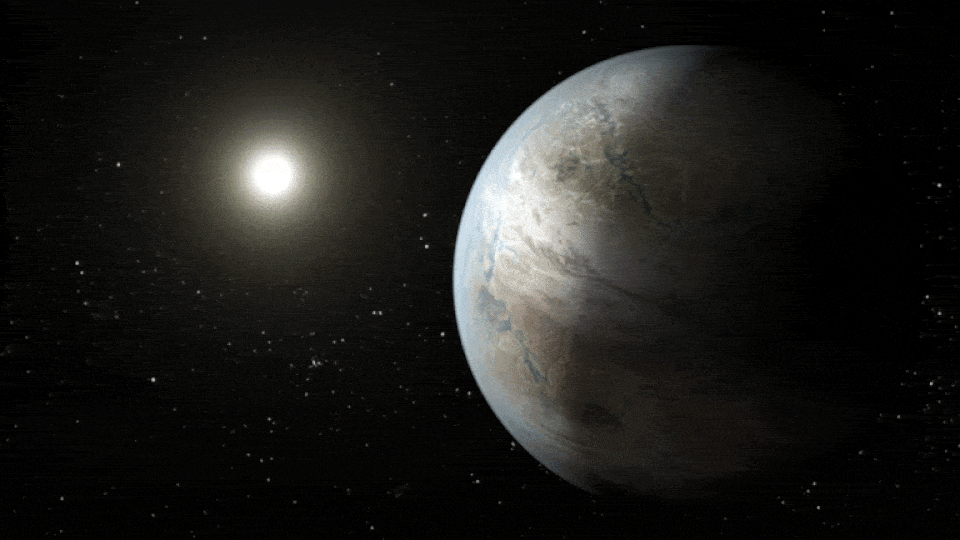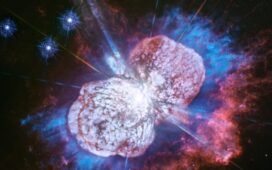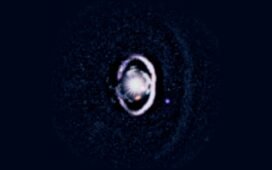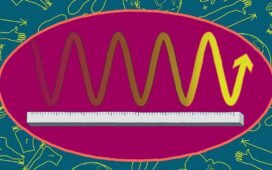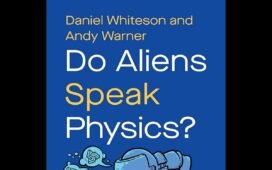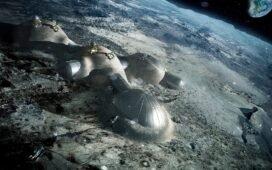From here on Earth, looking farther away in space means looking farther back in time. So what are distant Earth-watchers seeing right now?
When you view anything at all in the Universe, you’re not seeing it precisely as it is right now: at the moment you experience seeing it. The speed of light, even though it’s the fastest speed that any signal can travel throughout the Universe, is still finite. No matter how close or distant an object is, you’re only seeing it as it was a particular amount of time ago: at the moment the now-arriving light was emitted from the object you’re observing. The fact that light has to travel through space, from the emitted object to the observer that sees it, explains why there’s a gap that we have to fill in through inference alone.
Every observer in the Universe, so long as they haven’t spent a large amount of time traveling close to the speed of light (or in an extraordinarily large gravitational field, such as just outside a black hole’s event horizon), will perceive “right now” as the same instant in time relative to the Big Bang: 13.8 billion years after that creation event. For nearby objects, the speed of light is great enough that the difference in time between source-and-observer can be neglected…

